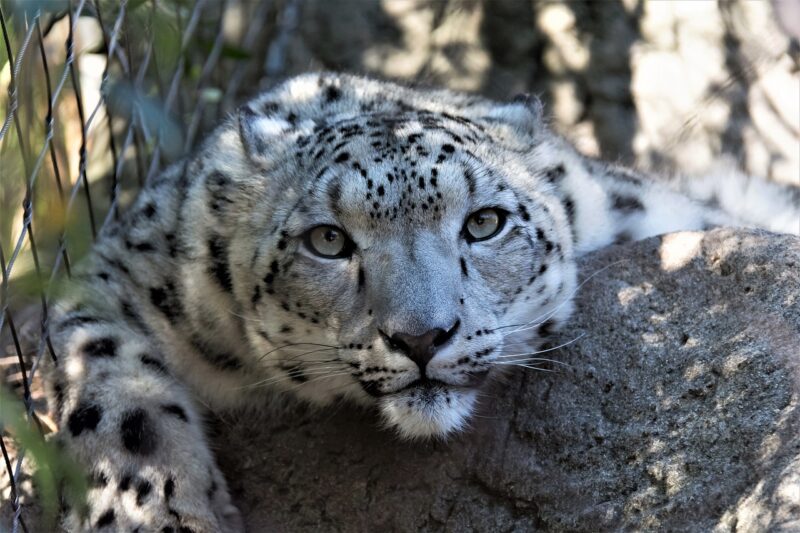Exploring Wildlife Conservation Efforts: How We Can Save Endangered Species
November 17, 2024

Wildlife conservation is a pressing concern in our rapidly changing world. As human activities increasingly encroach on natural habitats, the survival of countless species hangs in the balance. This article delves into the various wildlife conservation efforts underway around the globe and explores actionable steps we can take to protect endangered species.
1. Understanding Endangered Species
An endangered species is one that is at risk of extinction due to various factors, including habitat loss, climate change, poaching, and pollution. The International Union for Conservation of Nature (IUCN) maintains the Red List, which categorizes species based on their conservation status. It is crucial to understand that the loss of one species can have a ripple effect throughout the ecosystem, leading to further declines and imbalances.
The main categories of endangered species are:
- Critically Endangered: Species that are on the brink of extinction, with a very low population size.
- Endangered: Species that face a high risk of extinction in the wild.
- Vulnerable: Species that are likely to become endangered without ongoing conservation efforts.
Each species plays a unique role in its ecosystem, and their loss can disrupt food chains, reduce biodiversity, and impair ecosystem services that humans rely on.
2. The Role of Conservation Organizations
Numerous organizations are dedicated to wildlife conservation, working tirelessly to protect endangered species and their habitats. Some of the most notable organizations include:
- World Wildlife Fund (WWF): WWF focuses on preserving endangered species and their habitats through conservation initiatives and advocacy efforts worldwide.
- The Nature Conservancy: This organization employs science-based strategies to protect land and water resources essential for wildlife.
- Wildlife Conservation Society (WCS): WCS works at the intersection of human and wildlife health, emphasizing sustainable practices to mitigate human-wildlife conflicts.
These organizations conduct research, execute field projects, and provide education on conservation issues to empower local communities. Their efforts are crucial for the survival of many endangered species around the world.
3. Global Initiatives for Conservation
Several global initiatives target wildlife conservation, focusing on both protecting endangered species and addressing the underlying causes of their decline. Noteworthy initiatives include:
- Convention on International Trade in Endangered Species (CITES): CITES is a global agreement designed to ensure that international trade in wild animals and plants does not threaten their survival. It regulates and monitors trade to protect endangered species from over-exploitation.
- Protected Areas: Many countries have established protected areas (national parks, wildlife reserves) to safeguard critical habitats. These regions are essential for maintaining biodiversity and providing safe havens for endangered species.
- Restoration Projects: Numerous restoration projects aim to revive degraded ecosystems and reintroduce species that have been driven away by human activity. Such initiatives include rewilding and habitat restoration efforts that work to re-establish ecological balance.
These global initiatives tackle conservation from multiple angles, ensuring a holistic approach to protecting wildlife.
4. Community-Based Conservation Efforts
Empowering local communities is vital for the success of conservation initiatives. Community-based conservation (CBC) involves engaging local populations in the stewardship of their natural resources. Some successful tactics include:
- Eco-Tourism: Promoting responsible travel helps generate income for communities while fostering appreciation for wildlife. Local residents become stakeholders in conservation, developing a vested interest in protecting their environment.
- Education and Awareness: Educating local communities about the importance of biodiversity and the benefits of conservation can lead to a cultural shift towards protecting endangered species.
- Incentives for Conservation: Initiatives providing financial incentives for conservation efforts encourage people to prioritize wildlife over short-term gains from activities like poaching or illegal logging.
Empowering communities results in more sustainable practices and a greater likelihood of long-term conservation success.
5. Personal Actions to Support Wildlife Conservation
As individuals, we can take several actions to support wildlife conservation efforts:
- Reduce Your Carbon Footprint: Climate change impacts wildlife habitat. By reducing energy consumption, using public transportation, and opting for sustainable products, you can help lessen your impact on the environment.
- Support Sustainable Products: Choose products and companies that prioritize sustainability and ethical practices. Supporting eco-friendly brands fosters a market for conservation-minded businesses.
- Get Involved: Participate in conservation programs, volunteer for wildlife organizations, or join local community conservation initiatives. Hands-on involvement can make a significant impact.
- Educate Others: Raise awareness about the importance of protecting endangered species. Whether through social media or local discussions, sharing knowledge can inspire others to take action.
Your personal actions contribute to a larger movement toward conservation and the protection of endangered species worldwide.
6. Conclusion
The fight against the decline in wildlife populations is an urgent and complex challenge. By exploring conservation efforts and understanding our role in this movement, we can contribute to the preservation of endangered species. Collaboration between governments, organizations, and individuals is required to create a sustainable future for the planet.
Conservation is not just a responsibility but an opportunity for us to connect with the natural world and secure its beauty for future generations. It is crucial that we take proactive steps—big and small—to protect our planet’s invaluable wildlife for years to come.






